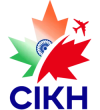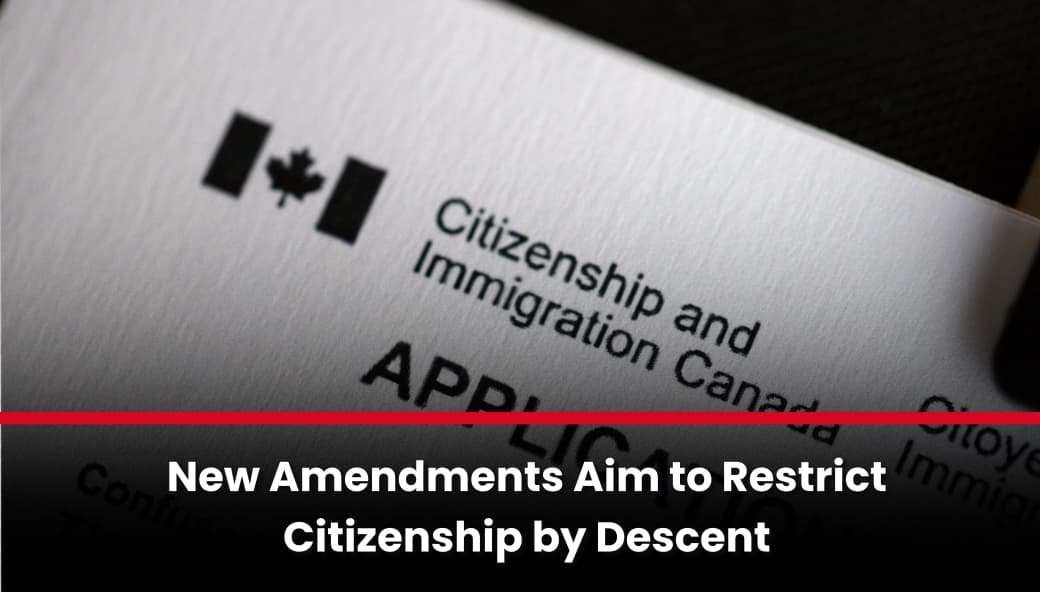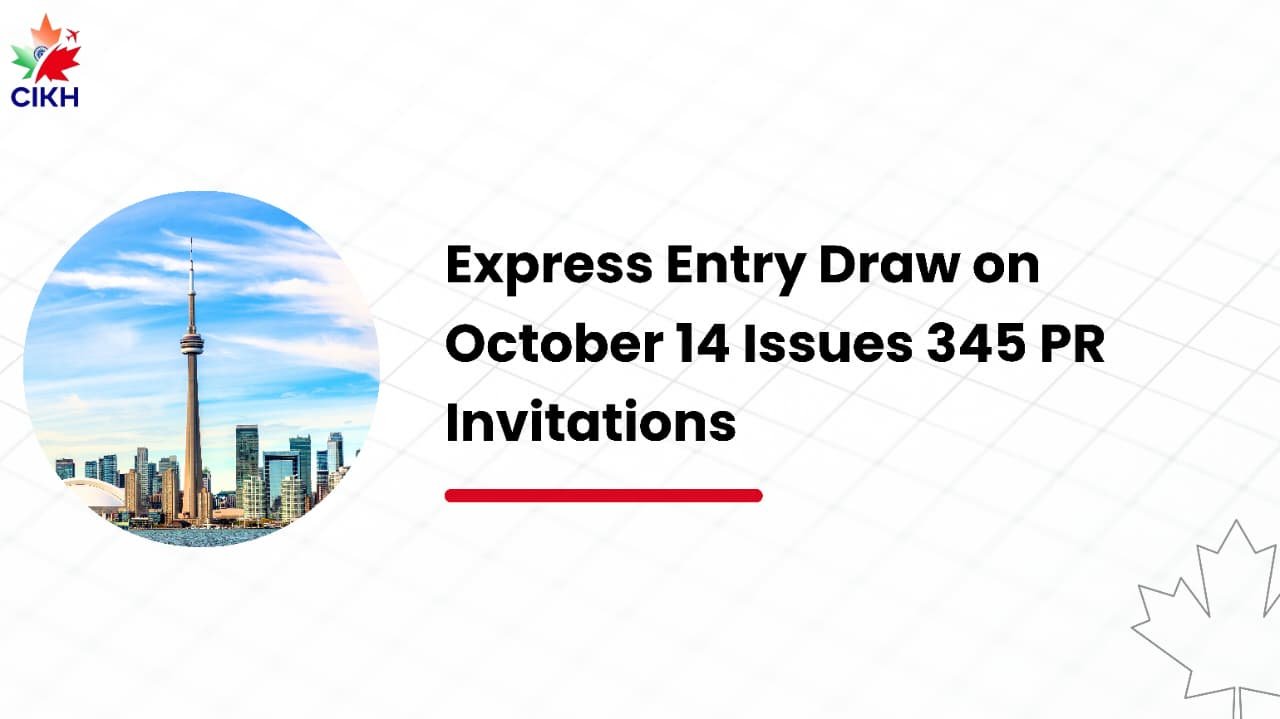The immigration system in Canada is undergoing some of the most major shifts in recent memory. 2025 is a transition year that candidates cannot afford to ignore, with new regulations for overseas students and a greater emphasis on those seeking permanent residence (PR) in Canada. Before you apply, make sure you know these things
Book Your Consultation for Canadian Immigration
The Snapshot of 2025
- International student cap lowered again: Canada set a national goal of 437,000 study permits for 2025, which is around 10% less than 2024’s cap for international students. With Ontario (~116,740), British Columbia (~53,589), and Quebec (~72,977) at the top of the pack, provinces now have strict allotment.
- Student Direct Stream (SDS) ended: All applicants now must apply through the regular study permit stream.
- Family Open Work Permits tightened: Only spouses of master’s or doctoral students or skilled workers in TEER 0–1 (including certain TEER 2–3 occupations) are eligible as of January 21, 2025. Children who are dependent are no longer eligible.
- Express Entry restructured:The Canadian Experience Class (CEC) and category-based draws, such Francophone immigration, are given priority in the 2025 invitations. The IRCC completely eliminated job-offer CRS points on March 25, 2025.
- PGWP rules clarified: Field-of-study alignment is emphasized by new regulations. Before enrolling, students must confirm that their program qualifies for PGWP.
- Expanded cancellation powers: Border officials can now cancel permits, visas, and eTAs in more circumstances, especially for non-compliance or deception.
- Super Visa more flexible: The OSFI of Canada now permits parents and grandparents to use eligible foreign insurers.
- System-wide pivot: By the end of 2026, the government plans to reduce the number of temporary residents to 5% of the total population, giving more PR places to Canadian citizens.
What This Means for Applicants
International Students
- PAL/TAL letters are now required for most, including graduate students. With limited provincial allocations, seats will run out faster.
- Proof of funds and strong documentation are more important since SDS ended.
- PGWP eligibility is not automatic—always confirm your program’s status.
- Family members no longer automatically qualify for open work permits.
Temporary Workers
- The primary applicant must have at least 16 months remaining on their work permit and be employed in a TEER 0–1 or specified TEER 2–3 occupation in order to be eligible for a TSpousal work permit.
- With increased cancelation authority, adherence to terms is essential.
Express Entry Candidates
- In 2025, CEC and Francophone streams are preferred.
- The removal of job-offer points caused many candidates’ CRS scores to drop. Language, education, and Canadian work experience must become the main priorities.
Family Sponsors
- As long as the insurer satisfies OSFI regulations, obtaining a Super Visa is now simpler with foreign insurance choices.
Real-life Experiences
- Maya (India): Beginning in the fall of 2025, a master’s student must confirm that her program qualifies for PGWP and obtain a PAL in advance. Only if the master’s program lasts at least 16 months can her spouse apply for an open work permit.
- Arjun (CEC applicant): After March 25, his score decreased by roughly 50 points from his initial CRS score of 486, which included job-offer points. To be competitive, he must now rely on provincial nominations or language improvements.
- Only if her spouse’s job is on the TEER 2-3 shortage list and the work visa is valid for more than 16 months is Sofia, a construction worker, eligible for a spousal work permit.
Key Numbers for 2025
- The national study permit target is 437,000.
- 73,282 graduate permits are anticipated, contingent on PAL distributions.
- By 2026, temporary residents in Canada will be subject to a 5% cap.
- The provinces that obtain the most study permits are Ontario, British Columbia, and Quebec.
Beneficial Tips
- Adapt your immigration route to the regulations of this year, paying particular attention to the OWP and PAL/TAL limitations.
- Recalculate your CRS score while taking PNPs into account and excluding job-offer points.
- Verify your PGWP eligibility prior to starting any programs.
- Apply as soon as possible and keep track on provincial study permit allocations.
- To prevent cancellations under the new enforcement regulations, keep your records up to date.
Sources Derived
- IRCC Notice – 2025 provincial and territorial allocations under the international student cap, January 24, 2025.
- IRCC Notice – End of the Student Direct Stream and Nigeria Student Express, November 8, 2024.
- IRCC Notice – Changes to open work permits for family members of temporary residents, January 14, 2025.
- IRCC News Release – 2025 Express Entry category-based draws (focus on in-Canada applicants), February 2025.
- IRCC Program Update – Job offer – Express Entry (We no longer give points for job offers), March 25, 2025.
- IRCC Notice – Update on field of study requirement for post-graduation work permits, June 25, 2025.
- IRCC Notice – New rules to strengthen temporary resident document cancellations and border security, February 12, 2025.
- IRCC Notice – Change to health insurance requirement makes the Super Visa more accessible, January 28, 2025.
- IRCC Departmental Plan 2025–26 – Target to reduce temporary residents to 5% of population by 2026.
- Minister Transition Binder – Immigration Levels Plan 2025 – Notes that more than 40% of PRs will come from in-Canada temporary residents.
Get In Touch
JOIN OUR COMMUNITY
Subscribe to our newsletter for the latest Updates directly in your mail box.





